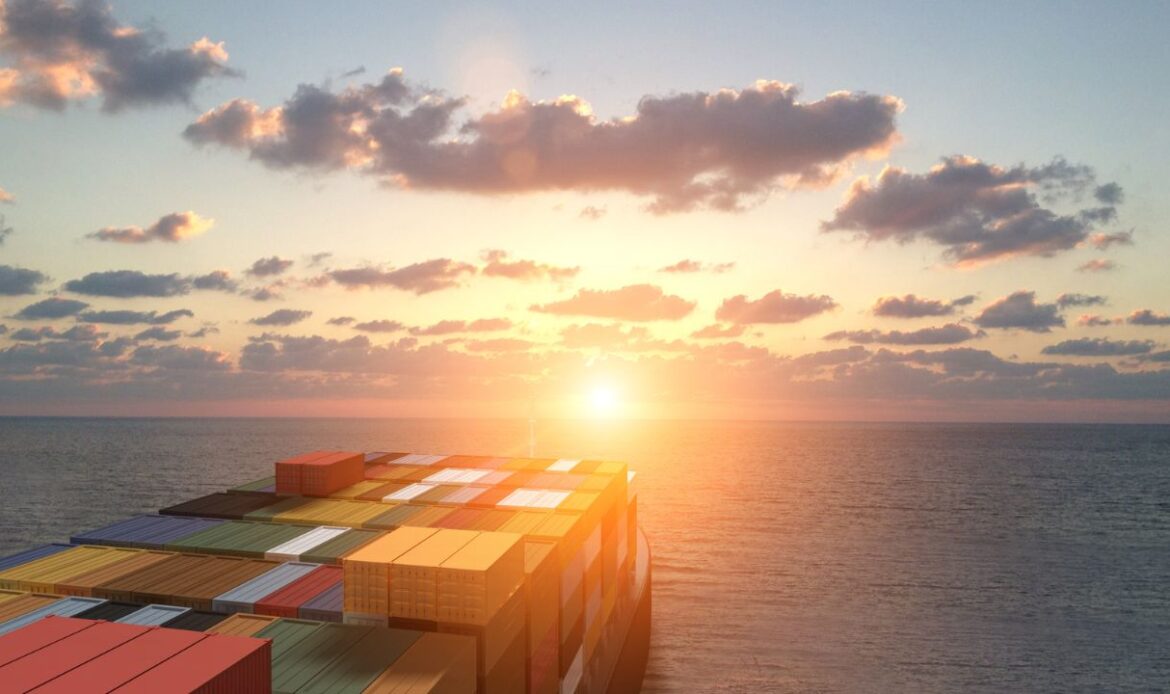
Shipping goods internationally, especially across continents, requires careful planning and understanding of transport logistics, particularly when moving from Dubai to Canada. Whether you’re shipping goods for business or moving to Canada, knowing how long it takes and what affects the timeline can help you save time and avoid stress.
Starting in the United Arab Emirates, exporting goods to Canada involves several key decisions and processes. These depend on the shipping method, the type of cargo, and the necessary documentation. This guide covers transit times for air and sea freight and offers tips to make shipping easier.
Factors That Affect Shipping Time
Before estimating timelines, it’s important to know the factors that affect shipping schedules from Dubai to Canada.
1. Shipping Method
Shipping times vary significantly depending on whether you choose air freight or sea freight. Air transport is faster but more expensive, while ocean shipping is slower but more affordable for heavy or bulk items.
2. Type of Cargo
The nature of the goods being shipped plays a role in determining transit times. For example, shipping personal effects may take less time compared to commercial goods, which often require additional customs documentation.
3. Customs Clearance
Canada has strict customs and import regulations. Delays in document preparation, inspections, or approval processes can extend timelines. Ensuring compliance with Canadian customs requirements is crucial for smooth delivery.
4. Port Congestion
Both Dubai and Canadian ports handle a high volume of containers and cargo daily. Seasonal fluctuations, holidays, or unexpected disruptions in the Middle East or North America can affect port throughput.
5. Distance to Final Destination
Shipping times also depend on the proximity of the departure and arrival points to the respective ports or airports. Transporting goods to remote areas within Canada may add time once they are offloaded.
Comparing Dubai to Canada Shipping Options
Shipping from the UAE to Canada can be done by air or sea, depending on your budget, timeline, and type of cargo. Here’s how these options compare in terms of transit time.
Air Freight
Air freight is the leading choice for those who prioritize speed. It’s ideal for high-value goods, time-sensitive cargo, or fragile items that require careful handling.
- Estimated Transit Time: Air freight between Dubai and Canada typically takes between 3 to 7 days, depending on the airline, route, and customs process.
- Pros: Quick delivery, reliable service, and reduced risk of cargo holding.
- Cons: Higher cost compared to sea freight.
Air freight is popular for shipping goods like electronics, luxury items, or small-scale business consignments.
Sea Freight
Sea freight is the go-to solution for heavy or bulk goods that are not urgently needed. It’s more budget-friendly but slower compared to air transport.
- Estimated Transit Time: The average sea freight shipment takes about 30 to 45 days, provided no delays occur at customs or ports.
- Pros: Cost-effective for large shipments and eco-friendly transport.
- Cons: Slower delivery and potential unpredictability in transit time due to port congestion or weather-related delays.
Goods such as furniture, cars, and raw materials are often shipped by sea from Dubai to Canada.
Step-by-Step Process for International Shipping
Here’s a detailed overview of the steps involved in Dubai to Canada shipping and how long each stage may take:
1. Preparing Documentation (1-7 Days)
Collecting and submitting all required documents, such as invoices, packing lists, and shipping manifests, is essential. Depending on the accuracy of your paperwork, this stage can take just a few days or as long as a week.
2. Cargo Collection and Packaging (1-2 Days)
Once all paperwork is ready, the shipping provider tasks a team to collect your cargo and package it appropriately. Proper packaging mitigates risks of damage during transit, especially for fragile or valuable goods.
3. Loading and Departure (1-5 Days)
For air freight, cargo is loaded onto planes almost immediately after collection, whereas sea freight may involve queuing for vessel space, resulting in slight delays before departure.
4. Transit Time
- Air freight covers the distance quickly (3-7 days), including layovers if applicable.
- For sea freight, the long haul across the Atlantic adds time, typically 30–45 days.
5. Customs Clearance in Canada (1-3 Days)
Once your goods arrive in Canada, they go through customs checks. While efficient preparation minimizes delays, inspections or discrepancies can moderately extend this stage.
6. Final Delivery (1-7 Days)
After customs clearance, your shipment is transported to its final destination, whether it’s a warehouse, office, or residential address.
Tips to Optimize Shipping Time
When shipping from Dubai to Canada, time efficiency is often a priority. Here are some actionable tips to help ensure your shipment arrives on schedule:
- Choose the Right Shipping Method: If time is of the essence, opt for air freight. However, for non-urgent goods, sea freight offers significant cost savings.
- Work with Reliable Shipping Services: Choosing a credible shipping provider can alleviate the risks of delays or hidden bottlenecks.
- Secure Comprehensive Insurance: Protect against potential mishaps by insuring your goods during transport.
- Prepare Documents Thoroughly: Double-check all paperwork to ensure smooth customs processing.
- Consider Seasonal Variations: Avoid peak seasons and holidays when shipping volumes are higher, leading to potential congestion.
Why Transit Times May Vary Between Shipments
While estimates like 30–45 days for sea freight or 3–7 days for air freight provide a general idea, variations may occur due to uncontrollable factors such as:
- Global Events: Unexpected crises or events can disrupt international shipping lanes.
- Weather Conditions: Adverse weather often causes delays in ocean transport.
- Inspection Delays: Customs or quarantine investigations may result in extended processing times.
Why Shipping from UAE to Canada Is Growing
Dubai has become a major trade hub in the Middle East, offering efficient ports and airports. It’s a popular starting point for shipping to Canada due to strong demand for imported goods. Canadian businesses are increasingly sourcing products from the UAE, ranging from electronics to textiles.
Making an Informed Shipping Decision
Deciding between air freight and sea freight ultimately depends on multiple factors, including budget, urgency, and the nature of your cargo. For most individuals or businesses seeking economical long-distance transport, sea freight is an excellent option. However, when timelines are tight, air freight offers unmatched speed and reliability.
Perfecting Dubai to Canada Shipping with Expert Guidance
Regardless of which shipping method you choose, meticulous planning and reliable shipping services can make all the difference. Whether you’re relocating or running a business, understanding transit times will empower you to set accurate expectations and avoid unnecessary delays.
Final Thoughts
Shipping from Dubai to Canada encompasses intricate logistics, customs requirements, and strategic preparation. While air freight offers expedited delivery, sea freight remains the preferred choice for heavy or bulk goods. Keeping transit times in mind while planning your shipments can help you enjoy a seamless international shipping experience.
If you’re ready to streamline your shipping process, rely on Universal Relocations for efficient and reliable solutions tailored to your needs. Reach out today and experience world-class service in every step of your shipping journey!

 800-13-7356
800-13-7356
